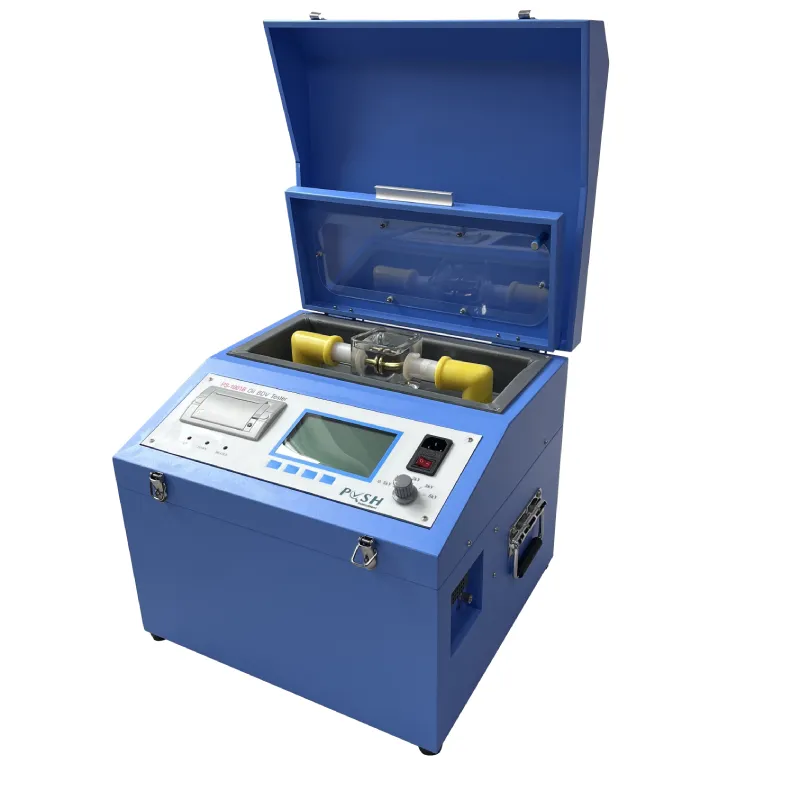 English
English


Methodology for Assessing Oil and Grease Concentrations in Aquatic Environments and Water Samples
Determination of Oil and Grease in Water Importance and Methods
The presence of oil and grease in water environments is a significant environmental concern due to their detrimental effects on aquatic ecosystems and human health. These substances can originate from various sources, including industrial discharges, urban runoff, and oil spills. Therefore, determining the concentration of oil and grease in water is crucial for monitoring water quality, ensuring public safety, and complying with environmental regulations.
Oil and grease in water can lead to a range of ecological problems. They can create a film on the surface of water bodies, reducing oxygen transfer and disrupting the natural habitat for aquatic organisms. This can lead to a decrease in biodiversity, affecting fish, invertebrates, and plant life in affected ecosystems. Additionally, oil and grease can accumulate in the tissues of aquatic animals, leading to bioaccumulation, which can have long-term effects on species, including those that humans may consume.
To quantify the levels of oil and grease in water, several analytical methods are used. The two primary methods are the gravimetric method and the infrared spectrophotometric method.
Gravimetric Method This traditional approach involves collecting water samples and using a solvent to extract the oil and grease present. The process includes the following steps first, a known volume of water is passed through a filter or a separation funnel to isolate the oil and grease. The extract is then dried and weighed to determine the amount of oil and grease present in the sample. This method is straightforward but may not accurately differentiate between different types of hydrocarbons present in the sample.
determination of oil and grease in water

Infrared Spectrophotometry This modern technique involves measuring the absorbance of infrared light by oil and grease in a water sample. When a sample is exposed to infrared radiation, molecular vibrations occur, producing a unique absorbance spectrum that can be correlated with specific types of oil and grease. This method provides a more detailed analysis, allowing for the identification of different types of hydrocarbons, thus offering more information regarding the source of the contamination.
Both methods have their advantages and limitations. The gravimetric method is relatively simple and inexpensive, making it accessible for many laboratories. However, it may not be able to distinguish between types of grease and oil, which could be critical for understanding the pollution source. On the other hand, infrared spectrophotometry provides detailed information but requires more sophisticated equipment and trained personnel to interpret the results accurately.
In addition to these methods, advancements in technology are paving the way for new techniques such as gas chromatography-mass spectrometry (GC-MS), which can detect and quantify complex mixtures of hydrocarbons with high precision and accuracy. This technique is particularly useful when assessing the impacts of specific contaminants from industrial processes or oil spills.
In conclusion, the determination of oil and grease in water is a vital aspect of environmental monitoring and protection. With various analytical methods available, each offering different benefits and limitations, selecting the appropriate method depends on the specific circumstances and goals of the analysis. Understanding the levels of oil and grease contamination is essential for mitigating its effects on ecosystems and ensuring compliance with environmental regulations. As technology continues to evolve, we can expect more sophisticated methods to emerge, improving our capability to monitor and protect water quality worldwide.
-
Differences between open cup flash point tester and closed cup flash point testerNewsOct.31,2024
-
The Reliable Load Tap ChangerNewsOct.23,2024
-
The Essential Guide to Hipot TestersNewsOct.23,2024
-
The Digital Insulation TesterNewsOct.23,2024
-
The Best Earth Loop Impedance Tester for SaleNewsOct.23,2024
-
Tan Delta Tester--The Essential Tool for Electrical Insulation TestingNewsOct.23,2024





